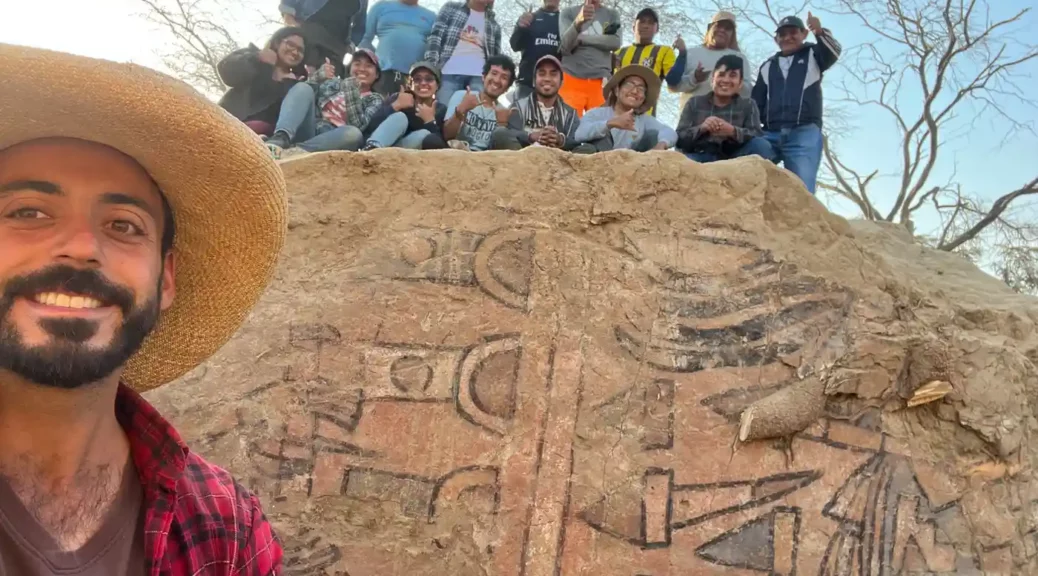Long-lost ancient mural rediscovered in northern Peru after more than a century
A team of student archaeologists has rediscovered a 1,000-year-old multicoloured mural depicting a deity surrounded by warriors which were last seen a century ago in northern Peru.
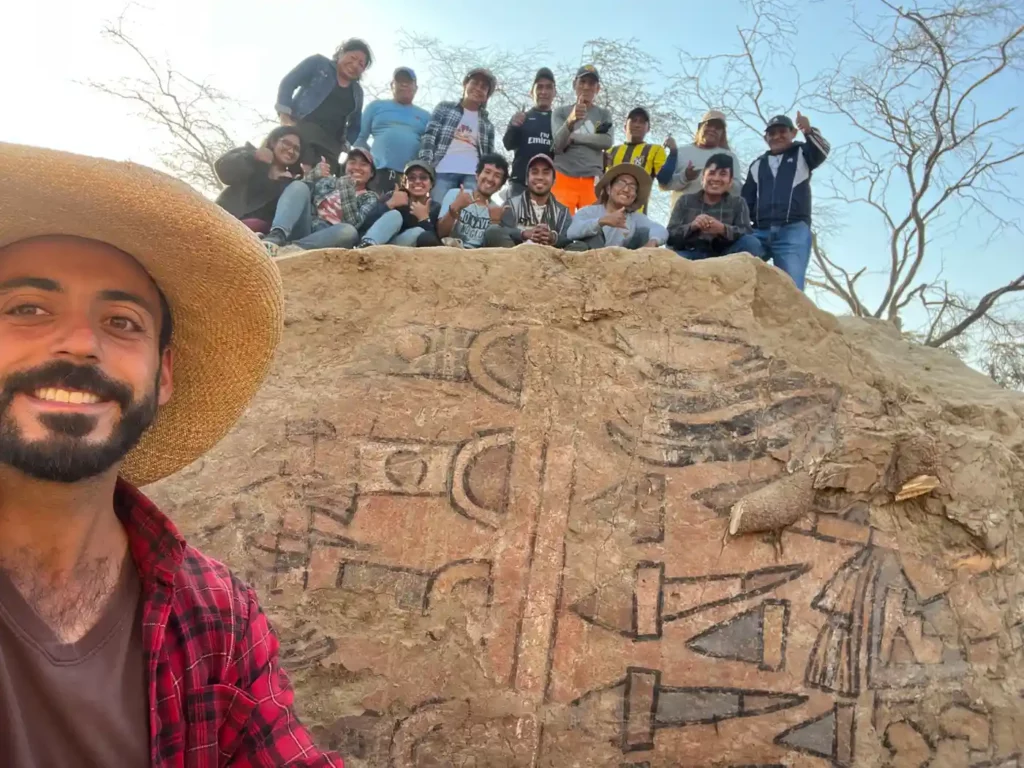
Known as the Huaca Pintada, the 30-metre-long wall painted with fantastical images depicting mythical scenes was first found in 1916 by a band of treasure-hunting tomb raiders in Illimo near the city of Chiclayo.
The full splendour of the mural was captured in photographs taken at the time by Hans Heinrich Brüning, a German ethnographer whose work galvanised the archaeological study of the pre-Columbian ruins and relics in the region.
But then the grave robbers destroyed part of the wall after being forbidden from looting their find, and the site fell back into obscurity.
More than a century went by until a Swiss-Peruvian team led by Sâm Ghavami from the University of Fribourg decided to take on the mystery and rediscover the lost mural which had disappeared from view under carob trees and undergrowth.
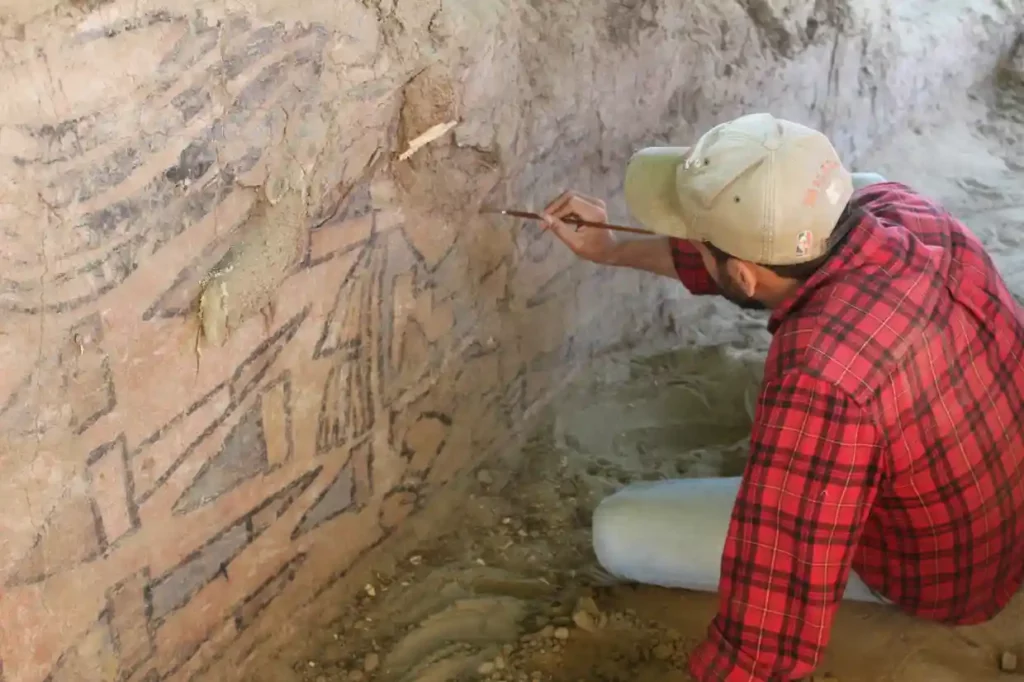
“When we got access to the site, it was a huge relief,” Ghavami, 33, told the Guardian by phone from northern Peru. One of the main challenges was accessing the site which is located on private land, he explained. It took two years to persuade the fiercely protective landowning family to allow them to excavate.
The Swiss archaeologist and some 18 Peruvian students began excavations in 2019, thanks to a grant from the Swiss National Science Foundation. After a pause in 2020 due to the Covid-19 pandemic, they were able to continue in 2021 completing the dig in November this year.
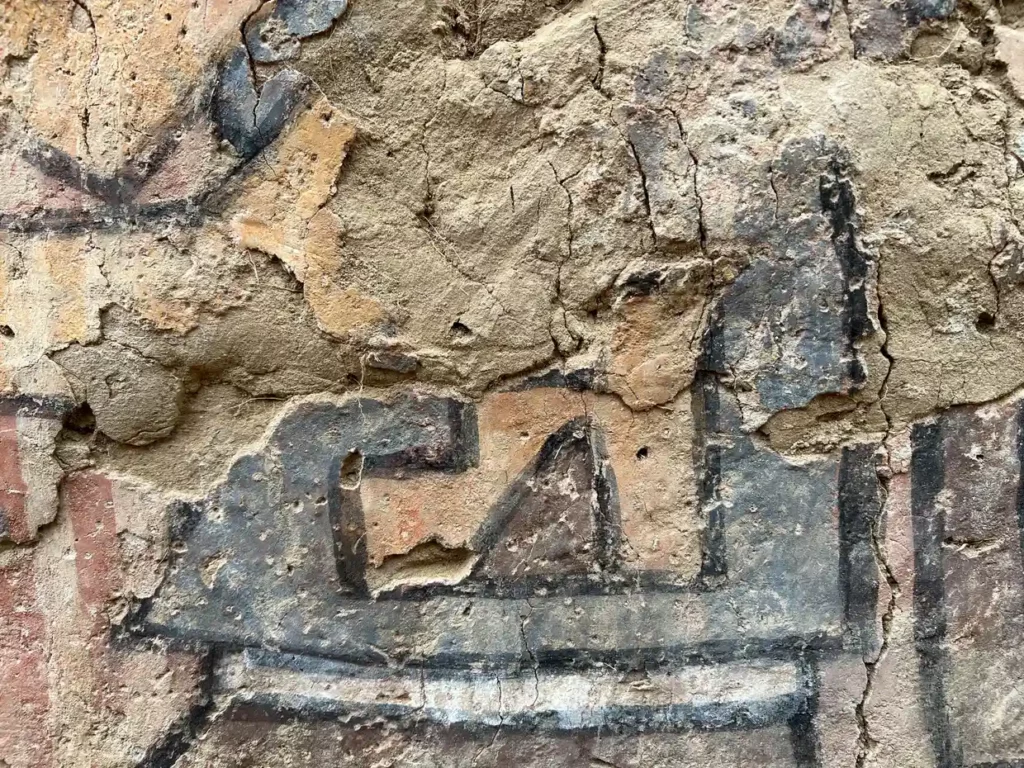
“The first time we saw the huge wall, it was by just scratching the sand,” said Ghavami. “We could see the walls were unexcavated.” In the final two months of the dig, the team rediscovered the murals that had been lost during Brüning’s time, as well as new panels stretching some 11 to 12 metres that had not been uncovered by the looters.
“It was a lot of work,” said Ghavami. “No one could see its monumentality when it was covered by trees.
“When that was cleared away, people start to see it in a new way,” he added.
Archaeologists believe the mural dates back to the Lambayeque culture of the 9th century AD. It was buried in a pyramidal mound in La Leche valley near another site called Túcume, in the Lambayeque region.
“It’s the most exciting and important find of recent years,” said Luis Jaime Castillo, an archaeology professor at the Pontifical Catholic University of Peru. “The long-lost murals of Huaca Pintada have been recuperated after more than 100 years.”
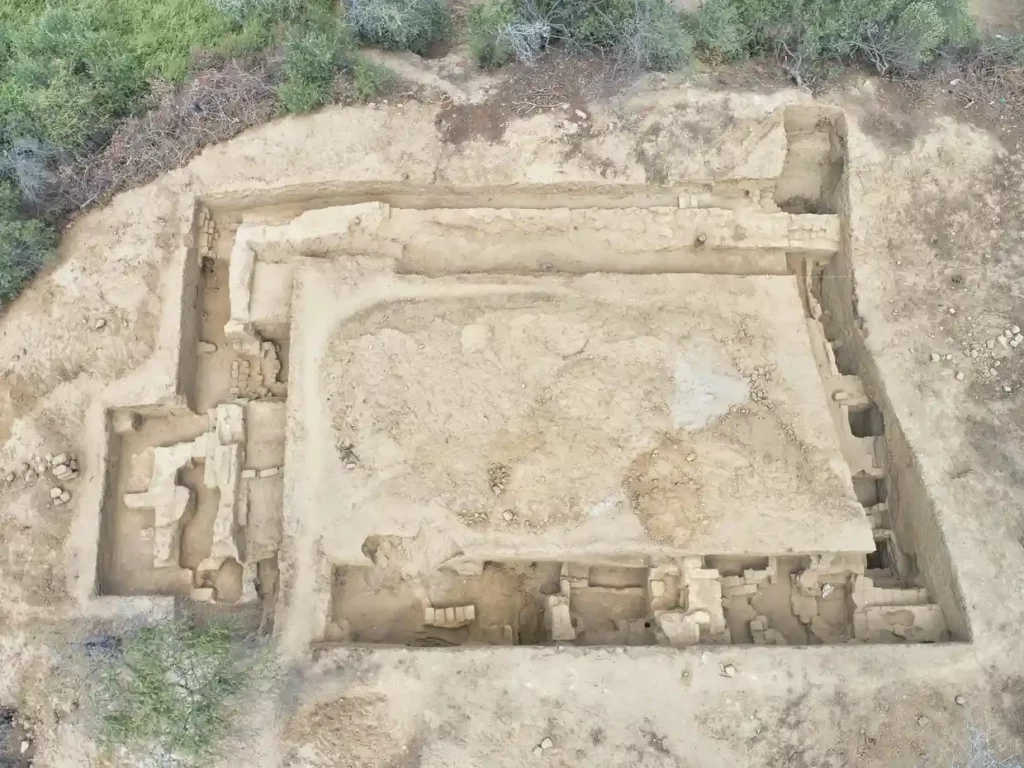
“The depictions have a mixture of Mochica and Lambayeque iconography,” said Castillo. The Mochica civilization flourished in the region between AD100 and 700. “They show a transition, and maybe changes in the cosmologies.
“They give us a unique opportunity to contemplate the ancient societies of northern Peru, their deities and myths,” he added.
For now, the site has been covered up to preserve it but Ghavami – who is writing his doctoral thesis about the sociocultural changes that occurred in Lambayeque at the time when the mural was made – would like it to be restored to its former glory and, eventually, opened to the public.
